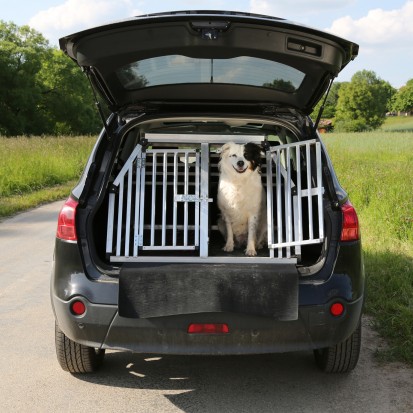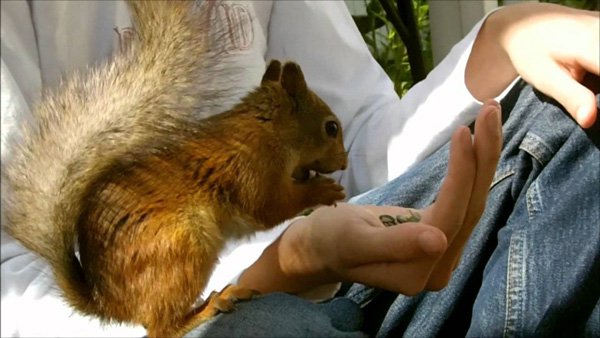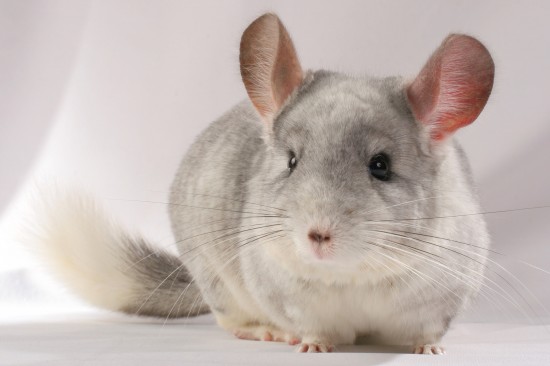
Mange in dogs is a type of health condition that is caused by tiny mites that live in the hair of a dog. It usually results in severe irritation and itchiness and can often result in hair loss or even bacterial infection. Understanding how to keep your dog safe from mange can help you in that it will allow you to avoid the ugly side effects this condition is known for. Below are the top 10 facts you need to know about mange in dogs.
1. The most common form of mange dogs come across is called demodectic mange. This is caused by mites that live on their hair. The other form of mange is scabies, or sarcoptic mange, and this is where mites burrow into the skin.
2. Scabies is different also in that it can be transmitted to humans. They can live on your skin for weeks and cause itchiness, but since they can't reproduce on humans they eventually disappear on their own.
3. Demodectic mange causes more problems for dogs, but even so it's generally quite minor. It starts off as a hairless patch around the eyes or chin area and might clear up on its own without treatment.
4. Occasionally the mites spread and cover the rest of the body. This causes even more hair loss and itchiness. After a while, bacteria can develop and cause pimples or discharges on the skin.
5. If your dog shows these signs then careful treatment is necessary. Bacteria means that your dog's immune system is weakened and they're limited in their ability to fight the condition. This means you should not get your dog vaccinated because their immune system will be too weak to develop antibodies and this can do them great harm.
6. You should generally aim for treatment methods that help strengthen the immune system. As mange is mostly dependent on a weak immune system, strengthening it will most often help your dog overcome the condition.
7. Dogs primarily get mange at stages their immune system is weak. This can be while they're a puppy or it can be a symptom of poor diet in older dogs.
8. A good diet will help to prevent your dog getting the disease. Also, you should ensure they are well groomed and bathed regularly.
9. Be careful about dogs that you let your dog come into contact with as this may cause them to get mange. This is especially true if you have a puppy under 6 months as their immune system is still quite weak.
10. Supplementing your dog's diet with the right ingredients can help prevent or treat mange if it comes to that. The most important ingredients are zinc, Vitamin E and Vitamin C.
If you want to learn more about treatment for mange in dogs and other related topics take a look at this page.
 8 Travel Tips For Dogs (within The Uk)
8 Travel Tips For
8 Travel Tips For Dogs (within The Uk)
8 Travel Tips For
 Important Things to Consider While Opening Dog and Cat Boarding
Important Things to Consider While Opening Dog and Cat Boa
Important Things to Consider While Opening Dog and Cat Boarding
Important Things to Consider While Opening Dog and Cat Boa
 Keeping Cats Out Of Certain Parts Of Your Garden
Keeping Cats Out
Keeping Cats Out Of Certain Parts Of Your Garden
Keeping Cats Out
 Fun & Interesting Facts About Chinchillas
Fun & Interesting
Fun & Interesting Facts About Chinchillas
Fun & Interesting
 What you should know before purchasing bull terriers
What you should know before purchasing bull terriers
What you should know before purchasing bull terriers
What you should know before purchasing bull terriers
Copyright © 2005-2016 Pet Information All Rights Reserved
Contact us: www162date@outlook.com